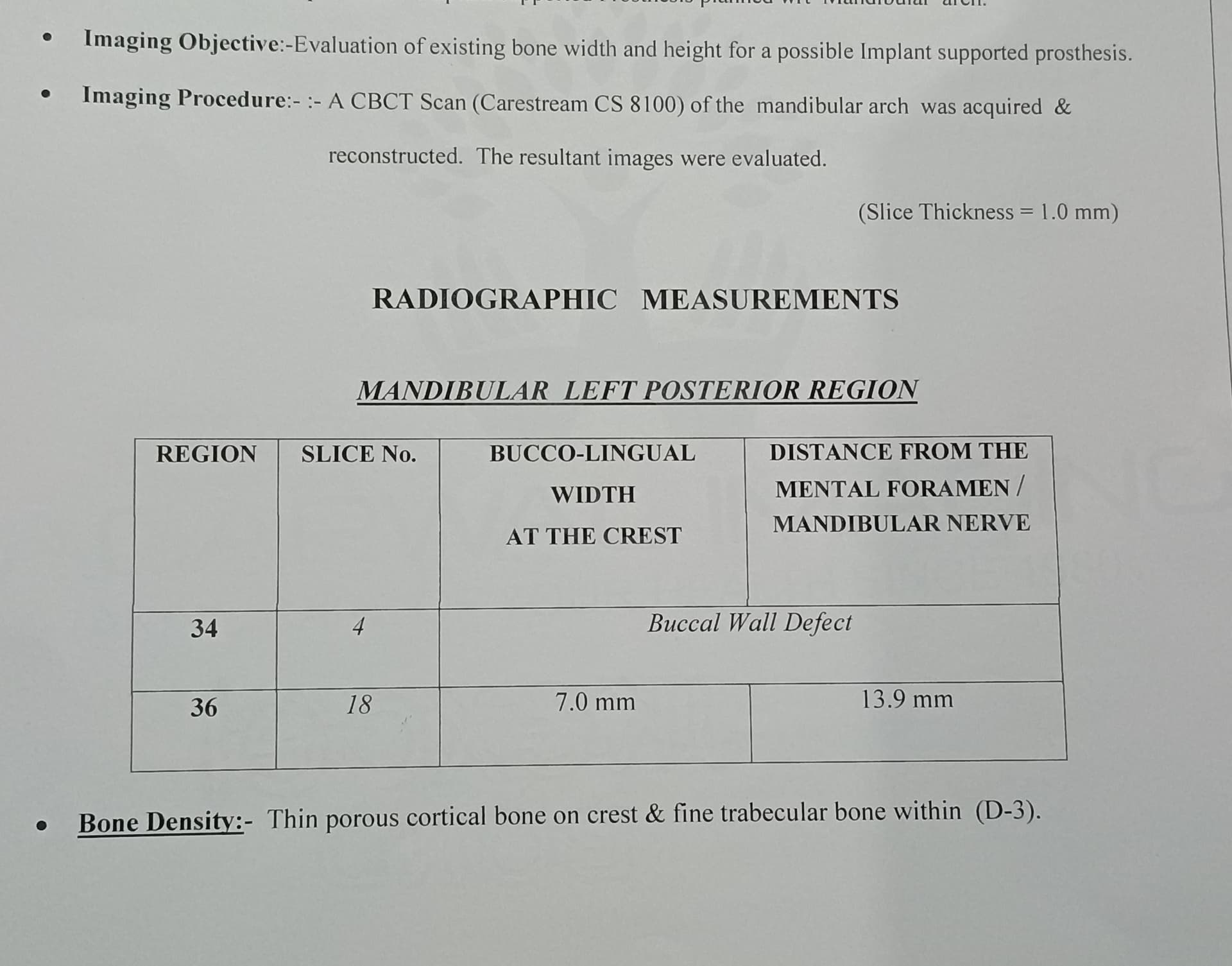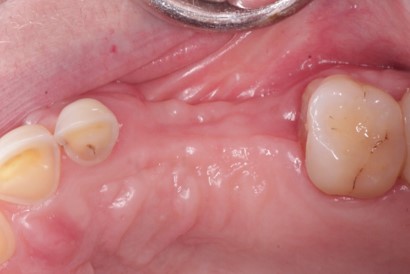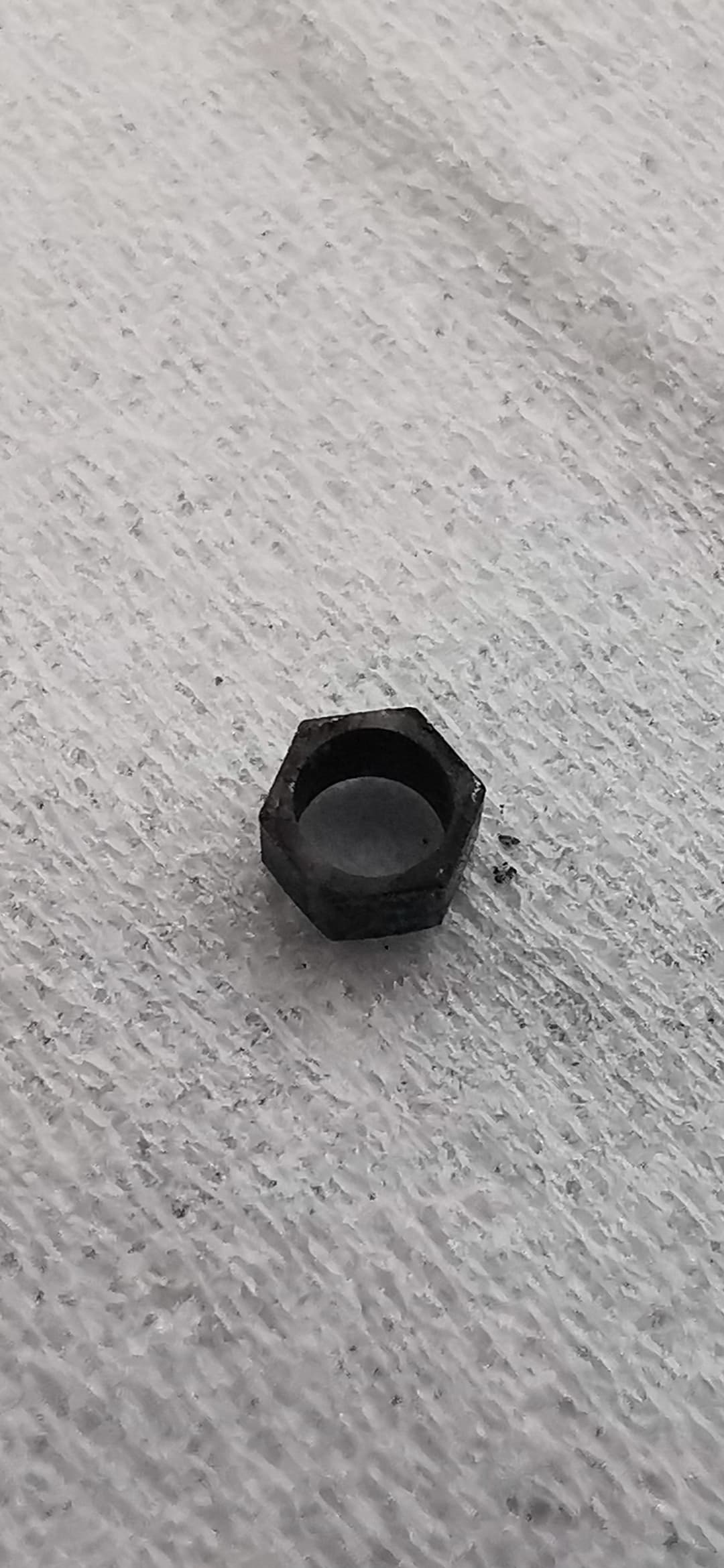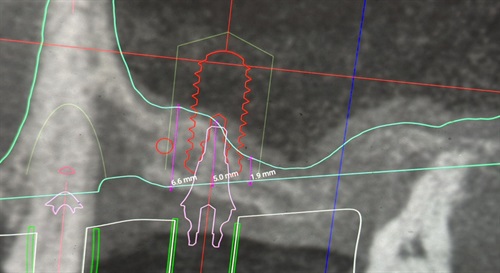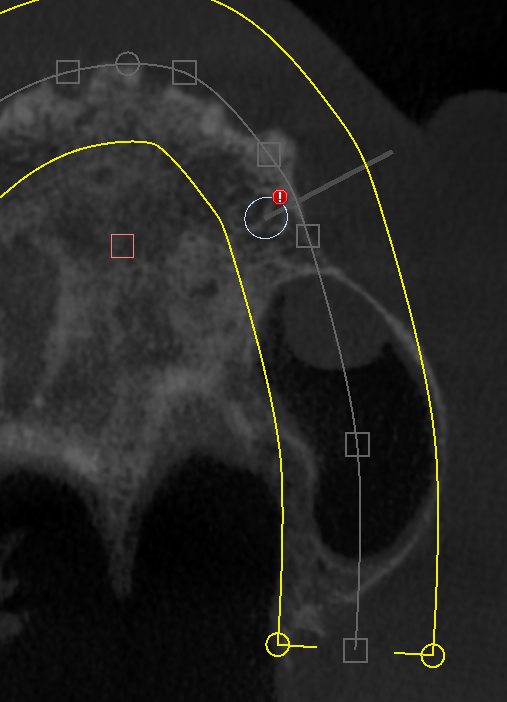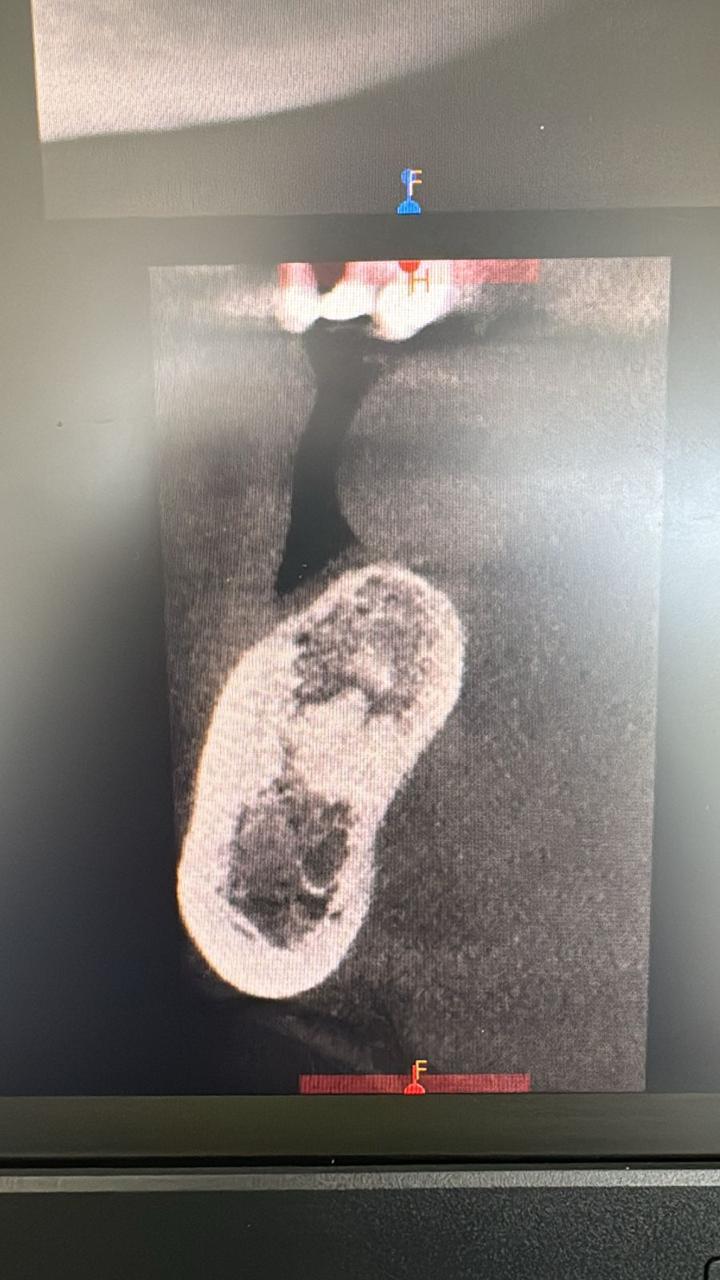All on 4 in 2 stages: What is my window?
I am planning this All on 4 case, but I would like to place the two posterior implants first, and then shortly later extract the anteriors, place the two remaining implants and the implant-supported denture. I don’t think the patient can tolerate such a long visit to do it all at once. What is my window (timing) to place the anteriors implants after placing the posteriors?

15 Comments on All on 4 in 2 stages: What is my window?
New comments are currently closed for this post.
rsdds
7/19/2017
I would do 6 implants why? Because distal implants like to fail over time your safe by placing 4 intra foraminal and 2 distally and you have an opposing natural dentition to be concern about.. good luck nice case
Gregori Kurtzman, DDS, MA
7/19/2017
You really need to load the implants within 48 hours of placement or you need to wait for them to heal. So this means if your doing then in two visits that means two days apart and need to have the screw retained temp bridge ready to insert then.
FES FACOMS
7/19/2017
Here is a pearl for you. Place longer implants in the anterior region than what you have showing as treatment planned. Engage some of the very dense cortex at the inferior border.
Gregori Kurtzman, DDS, MA
7/19/2017
I agree looks like the implants are set very deep from a crestal perspective and I would try to maintain the crestal bone. No issue leveling it some but not that much.
What size implants are planned for the sites?
Beck
7/19/2017
Do you have training in all-on-4 ?
Because your treatment plan does not respect the story simplest all-on-4 principles!
Interforaminal
Long implants
Angulated posteriors
Immediate loading...
TK
7/19/2017
Both Dr.s have given good advise for an implant retained fixed prosthetic. From a different perspective: I really like removable for these cases. I am not sure what the patient's goals are, or the diagnosis of the remaining mandibular teeth. For an elderly patient with a limited ability to tolerate dental treatment, I want stopping points built into the treatment plan.
I am going to presume that her primary complaint is that she is unhappy with the stability of her existing lower partial denture. If she were my patient, we would place two posterior implants with ball abutments, allow it to heal and then retrofit the existing partial by adding o-rings. That is a stopping point with just two manageable appointments, she is never without her partial and she gained significant stability. If one of those crowns fails two years from now, we will extract it and add a denture tooth to the partial.
If most of the teeth start to fail five years from now, then we would keep with the theme of easy manageable steps with stopping points. We would extract the remaining teeth, place anterior implants and deliver a full lower immediate denture which also engaged those posterior implants. After the anterior implants healed, we would have the option of either adding o-rings or transitioning to a fixed prosthetic.
I may be missing something (like rampant decay, advanced periodontal disease not evident on the image or a patient that is demanding fixed prosthetics), but if this is a typical elderly patient with a limited ability to tolerate treatment, I would lean toward an implant retained removable treatment plan with good built in stopping points.
Vic
7/19/2017
Thank you for your thoughts. There is considerable decay 27, 26 and others which the restorative dentist indicated would require endo etc. (cost prohibitive). Patient has high caries index and is unhappy with aesthetics. That is what has driven the case in this direction.I personally was hoping to just place implants for posterior bridges but the dentist and patient nixed the concept.
Naj Hussain
7/19/2017
Many thanks for sharing your case.
Firstly, whats more important is not timing but planning. I presume the teeth are grossly decayed and you have decided to have them removed as they cannot be saved. If they can be saved, perhaps with full coronal restorations, then it makes no sense to remove 9 teeth and place 4 implants in their place.
Secondly, all-on-4 principle has some rules. the distal implants have to be tilted and long, if it has to be 4 implants. It suits a case of severe mandibular resorption on posterior mandible where missing teeth have not been restored over time and bone resorbed and implant placement is not possible in Mand, Posteriors, because of IDN and lack of bone height in the posteriors. In these cases of usual presentation of patients, you are tilting the distal implants in-between the mental foramina to allow a good anteroposterior spread and support a full arch prosthesis. However, In your case you have plenty of bone to place 6 implants and hence all-on-4 makes no sense.
I think it will make more sense if you approach this conservatively, by planning a single implant on the left and implant retained bridge on the right side.nHowever, If remaining teeth cannot be saved, place 6 implants even straight and you would have a better outcome.
Ashish Shah
7/19/2017
All on 4 is many a times interpreted as a cheapest option and hence many of us do it by reducing a lot of healthy bone and creating a Hybrid. It was mainly devised as a treatment so as to avoid Sinus grafts ... Don't know whether it's advisable to reduce healthy available bone to create a prosthesis (15-17 mm) when we have healthy posterior bone just to reduce the cost?
m s ray
7/21/2017
fully agree
Dr. Gerald Rudick
7/19/2017
From the "scan" of panorex you have provided, without the benefit of seeing photographs, I would ask why you want to put the patient through such a procedure?
From what I can gather from the information supplied, the remaining teeth seem to be in reasonably good condition and can be maintained.
Implants should be considered to replace the missing teeth, and this can be done my connecting an existing partial denture to several implants with ball attachments.... see how this works out, and after six months, if the patient wants fixed crowns, then they can be made to fit the implants you placed.... less traumatic for the patient, and certainly less costly.
Raul Mena
7/19/2017
I have given quite a bit of thought as to how to treat similar cases.
It is my opinion, that a Fixed Removable Snap-on-Bridge is an Ideal solution for these cases.
An intact occlusion without any holes for retention screws follows obvious occlusion principles.
A very simple, practical and economical solution is the TruFit Eco-Fix Snap-on-Bridge.
It can be removed daily by the patient for cleaning purposes, it can be left in place for a period of time or it can be attached permanently, as it provides many different options.
It also has 3 different retention levels and the attachment provides full anteroposterior and lateral retention like a fixed bridge abutment
It is fully implant retained and implant supported for a stable performance, it is unique in its class.
The prosthesis can be done with Zirconia, porcelain baked to metal, PMA or acrylic.
It can be loaded as an immediate prosthesis the same day of the surgery.
Attached is a link to the web info: http://quantumimplants.com/advantages_12.html
Raul Mena
President Quantum Implants
Joe Nolan
7/20/2017
The patient has years left with what is in the mouth in the hands of a skilled dentist, or with even a single posterior implant on each side imo.
Peter
7/20/2017
Nice case to make all on 6
I can't see problems
Howard Steinberg
7/23/2017
The above ideas are all reasonable but I am having trouble understanding the whole concept here. I saw it stated that this patient has decay that might require endo and is cost prohibitive...yet she is going to get 4 to 6 implants and then the necessary restorative procedures. I would suspect that it is less expensive to do the Crown and bridge and partials than any implant treatment you might plan.
I do All on 4 treatments quite often and I am not sure why this patient cannot tolerate doing the whole treatment. Is she medically compromised? Will she be sedated or just under local? I am a Prosthodontist but I can do lower All on 4's reasonably quickly and they can be done with just local or minimum sedation. I suspect the vertical dimension is already reduced looking at the maxillary restoration, so the amount of lower reduction of bone may not be that significant. Smooth the bone so that the buccal and lingual are slighly inferior to the mid point where you place the implant and then design your final prosthesis to be slightly high water(or at least so you and your hygienist can visualize every implant. I take every case off at a few weeks, reevaluate hygiene and then do it again at 3 months. At the end of one year, I do it again. I use Nobel biocare and the screws are rated for 3 full torques. I include the cost of the screws in treatment.
But that being said..I am not really sure what the patient or the clinicians involved with this case really want here. That needs to be decided before you worry about how to do it.
Howard Steinberg DMD,MDS,FAAMP












